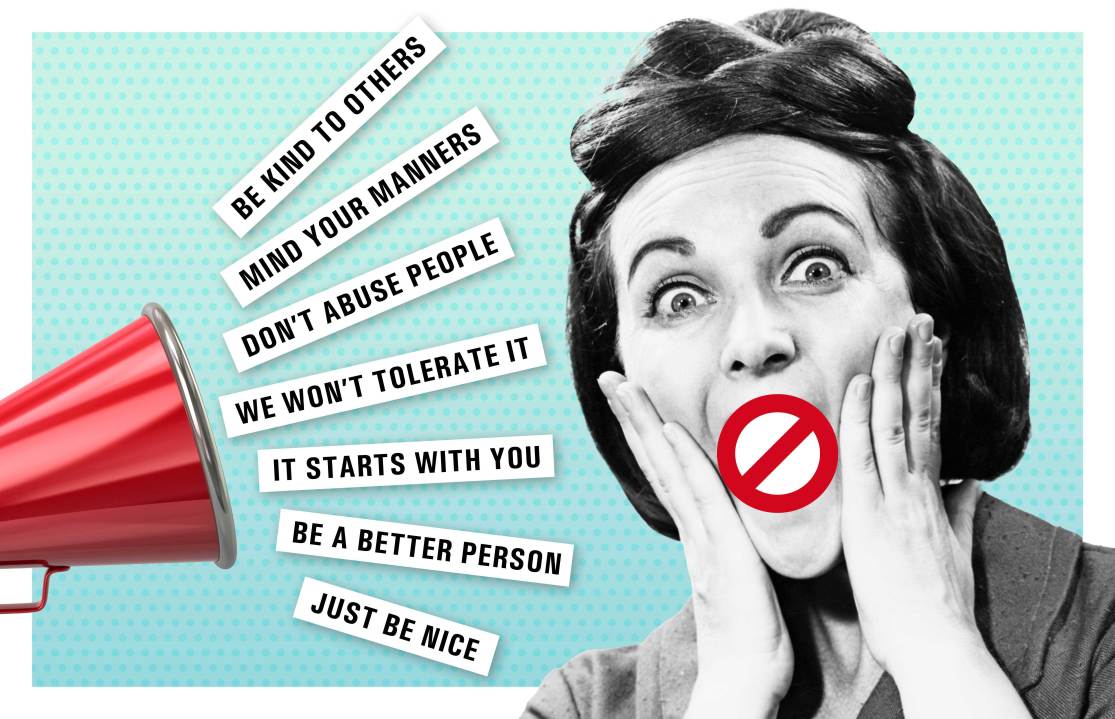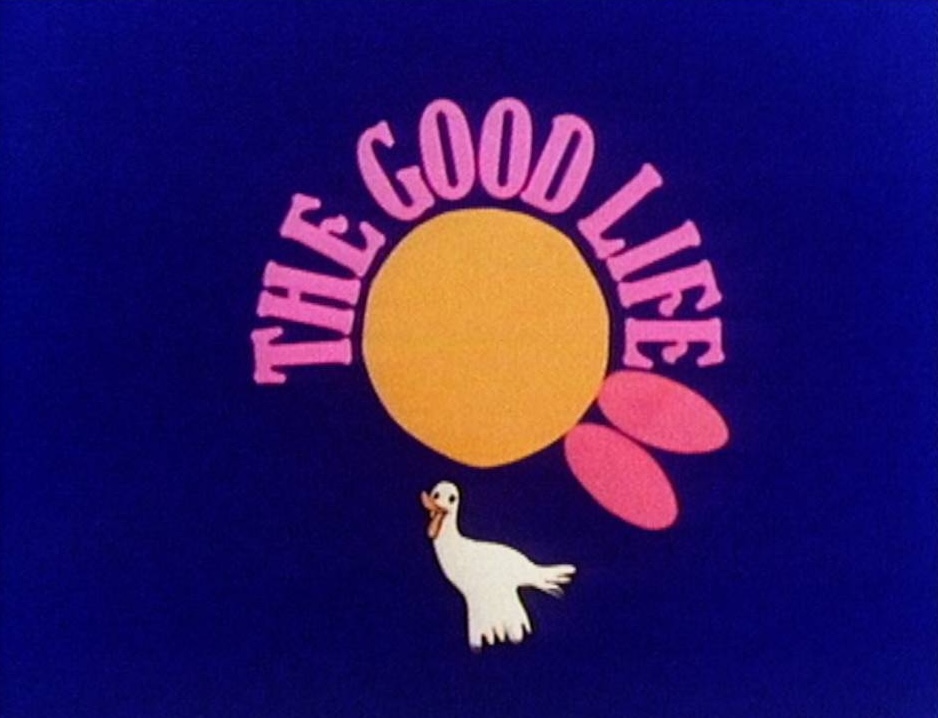
I know an astonishing 89-year-old who climbs mountains, uses a chainsaw and has the muscular, vice-like grip of a gym-built thirtysomething. He refuses pills and painkillers and considers it vital to embrace life’s most horrifying experiences. Last week the astonishing 89-year-old tore his Achilles tendon (leaping into a moving car), was driven to A&E and referred for an ultrasound. On the way to the scanning room, helped along by a male nurse, he put his injured leg down by mistake and yelled: ‘FUCK!’ At this, the nurse turned on his heel and walked off, saying: ‘I don’t have to put up with this.’
This is the 89-year-old’s version of events, but I can visualise the scene: the wobbling old titan, trying to embrace the pain as part of life’s rich tapestry; the nurse in the corridor, tending to his own nerves. It’s almost a perfect picture of the collapse in grit from generation to generation. And it’s the natural consequence of an idea that’s burrowed its way into the public sector – that members of the public are violent lunatics, and that everyone must be constantly reminded of this or else anarchy will break out.
‘Zero tolerance’ is the principle, ‘zero tolerance for abuse of staff’, and it’s every-where, not just in the NHS but throughout the Underground, on trains, in libraries, supermarkets, airports.
‘What’s sexual harassment, Mum?’ my nine-year-old asks quite regularly as he reads the ‘zero tolerance’ notices on the train. This week I spent 40 minutes in my clapped-out car on the phone to the RAC trying to report that its website was down. ‘Please note, breakdowns can only be reported through our website,’ said the recorded message on a loop. ‘Any abuse of our staff will not be tolerated.’ Chance would be a fine thing.
The ‘zero tolerance’ approach to abuse was first officially introduced to the NHS in around 2018 by Matt Hancock, when he still had moral credibility and a penchant for trying to sound Churchillian. ‘I have made it my personal mission to ensure NHS staff feel safe and secure at work and the new violence reduction strategy will be a key strand of that. We will not shy away from the issue.’ Every year since, the zero tolerance industry has grown: more training modules, more exciting notices, more merch.
Once you get your eye in, you see an amazing volume and variety of zero tolerance posters plastered all over the place in public life. It’s hard to find an NHS wall that’s free of them. My favourites are the ones in A&E that seem explicitly designed to up the emotional temperature in an already volatile environment. Cartoon faces looking furious, intrusive red signs saying: ‘STOP!’ Policemen making arrests. One fabulously irritating poster shows a shouty middle-aged woman, a ‘Karen’ with her arms folded, having a go at someone. ‘It starts with YOU!’ reads the caption. ‘Be Kind.’ It has the magical effect of transforming me instantly into the very woman it depicts.
Showing already agitated patients pictures of angry faces doesn’t traditionally have a pacifying effect
In a north London A&E I saw a zero tolerance poster which illustrated its point with a picture of a cartoon thug beating up a poor cartoon nurse. You’d have thought that in a medical environment there might be someone who remembered a little something from their psychology class, and knew that showing already agitated patients pictures of angry faces doesn’t traditionally have a pacifying effect. You’d have thought they might have mentioned it to management.
What does have a proven pacifying effect is to consider your opponent’s perspective – their torn Achilles tendon and shooting leg pain, for instance. But zero tolerance precludes considering other perspectives at all.
Seven years of zero tolerance training might explain some of the most dramatic over-reactions in the NHS. In February, a pro-life pensioner, 74-year-old Rose Doherty, was arrested for standing near Queen Elizabeth University Hospital in Glasgow holding a sign that simply read ‘Coercion is a crime, here to talk, only if you want’. A few days ago Rose said she’d rather go to prison than accept wrongdoing, and the BBC wheeled out the usual hysterical doctor, a chap called Greg who works at the hospital, to explain to viewers why Rose’s silent standing and her innocuous sign constituted actual violence and abuse. ‘It’s such an unbelievably cruel and unkind thing to do,’ said Greg. Here to talk – so unbelievably cruel! Rose’s case is usually reported as a free speech issue but Greg’s response is textbook zero tolerance.

I’m not for a minute saying that attacks on staff don’t happen, or that they don’t matter. The number of violent assaults, especially on medics, has been growing year on year. In April it was announced that they’re at a record high. In the past 12 months there had been more than 22,000 cases of assault recorded against UK ambulance workers, who have been kicked, punched, spat at and attacked with knives. But this is what’s so ludicrous about the ‘zero tolerance’ approach to violence. It’s clearly had zip-all effect over the past seven years, and why would anyone have expected it to?
We know who assaults workers such as nurses, train crew or the RAC. It’s people who are on drugs or psychotic with drink or mentally ill. And there’s no possible world in which a poster or a natty little phrase is going to make a difference to their behaviour. I’d love to see the scenario they conjure in those zero tolerance training courses. A 17-year- old boy, perhaps, high on skunk, pulls a zombie knife from his pants and goes to stab a paramedic – but wait, what’s that? A poster saying: we don’t tolerate violence, with a stop sign. Slowly, he lowers the knife…
The real explanation for a near-decade of expensive anti-violence campaigns is, I suppose, that management can’t think what else to do. They can’t vaporise the jumped-up drunks yet they have to demonstrate to their employees that they’re cared for, in case of legal trouble down the line. But every poster, every announcement, corrodes trust, and that in the end creates the very problem ‘zero tolerance’ is trying to solve.









Comments